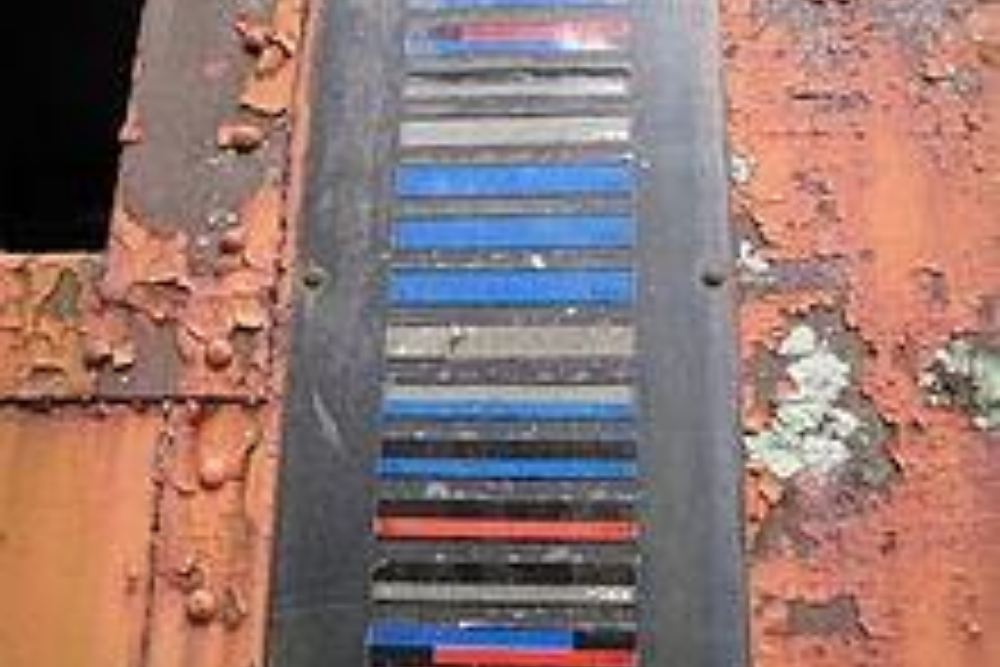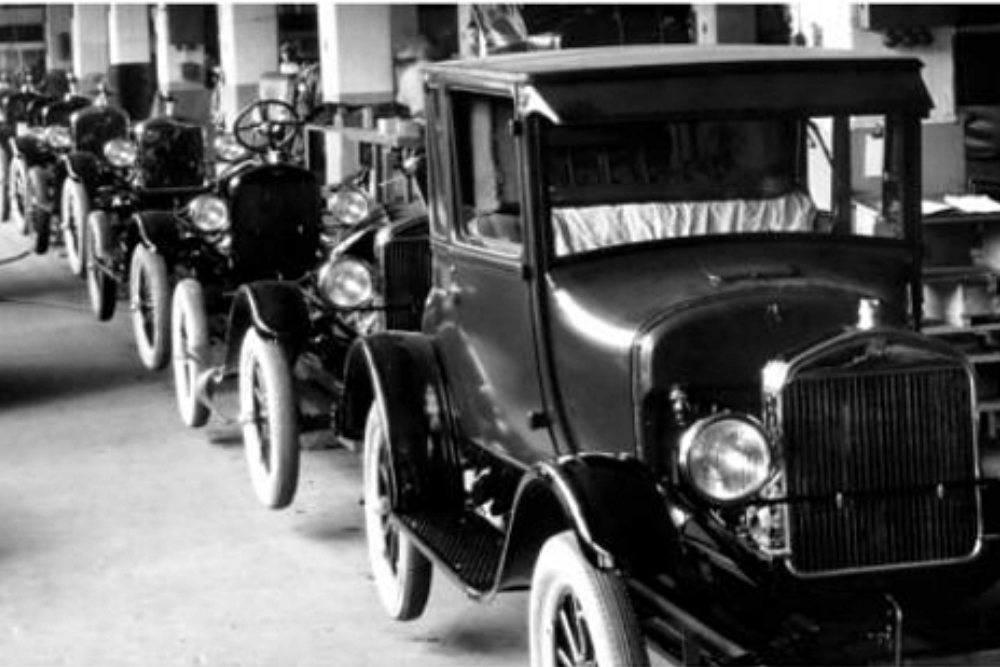How RTLS Is Driving Transformation in Aerospace and Automotive Manufacturing
Ubisense2025-03-25T09:06:22+00:00How RTLS Is Driving Transformation in Aerospace and Automotive Manufacturing In an era defined by complexity, customization, and pressure for efficiency, aerospace and automotive manufacturers are facing unprecedented challenges. From managing high-value assets and tooling to orchestrating increasingly flexible production lines, traditional tracking and coordination methods are no longer fit for purpose. That’s why manufacturers across both industries are turning to Real-Time Location Systems (RTLS) — and to Ubisense — to gain a deeper





